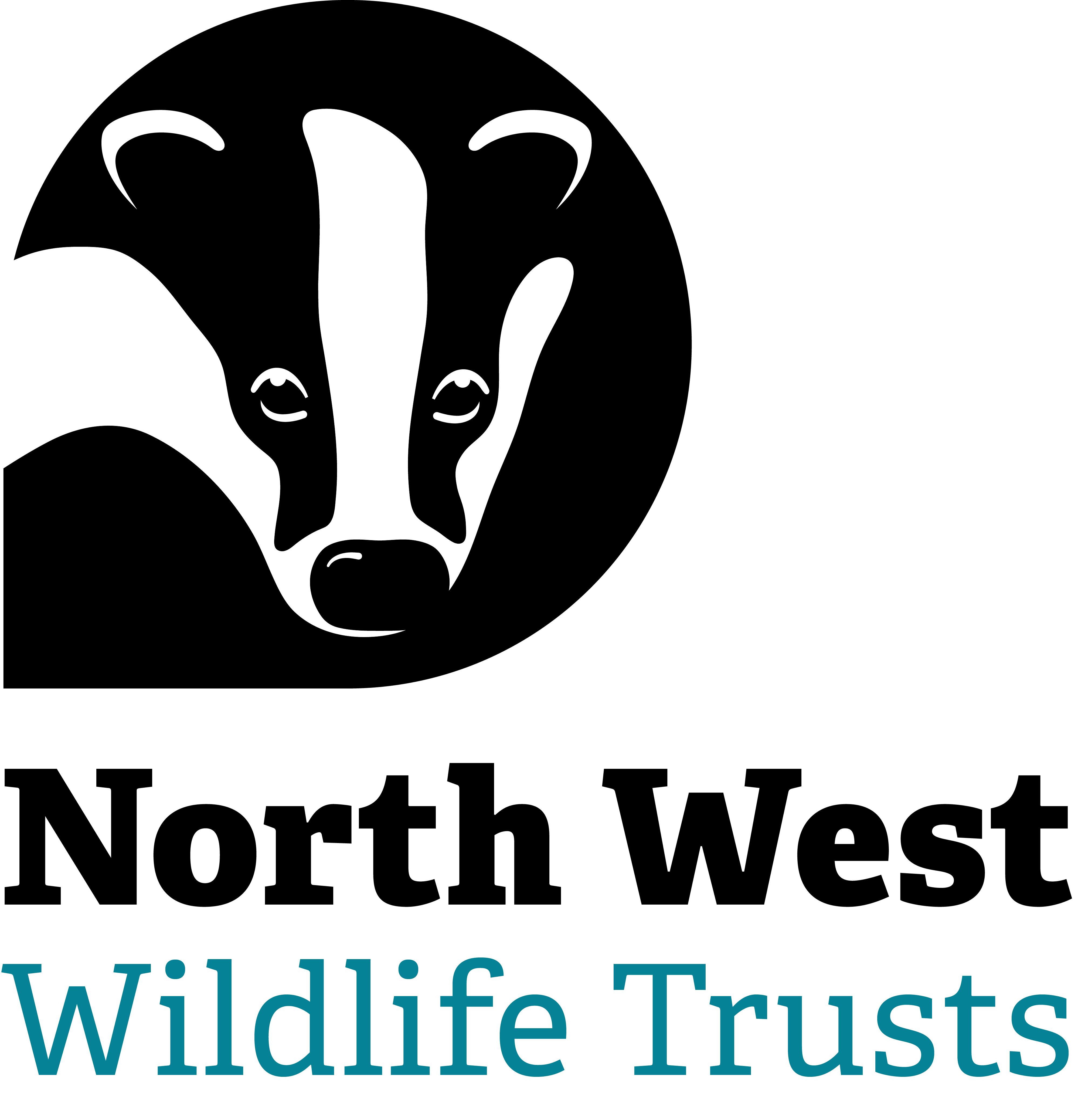Kay Foster
Know before you go
Dogs
When to visit
Opening times
Open all year roundBest time to visit
July and AugustAbout the reserve
What makes Drigg so special?
Drigg has the largest sand dune system in Cumbria, supporting species such as sea holly, sea bindweed and blue fleabane. The dunes and the estuary of Eskmeals and Ravenglass also support one of the largest seabird breeding colonies in the northwest.
The dunes span a range of hydrological conditions from very wet to relatively dry. Some are dominated by heather and bell heather (dune heath), some present as acidic dune grassland with a prominent lichen component, and some are areas where sand sedge grows in carpets of moss. The dune heath is a nationally rare habitat which becomes a riot of colour in July and August when the heather flowers
The range of habitats makes the area particularly important for its plant and bird life. It is also home to the rare and protected natterjack toad, supporting one of England’s largest breeding colonies, as well as great crested newts and adders.
What to do
Stroll amongst the dune systems, seeing what species you can see and testing out your ID skills.

